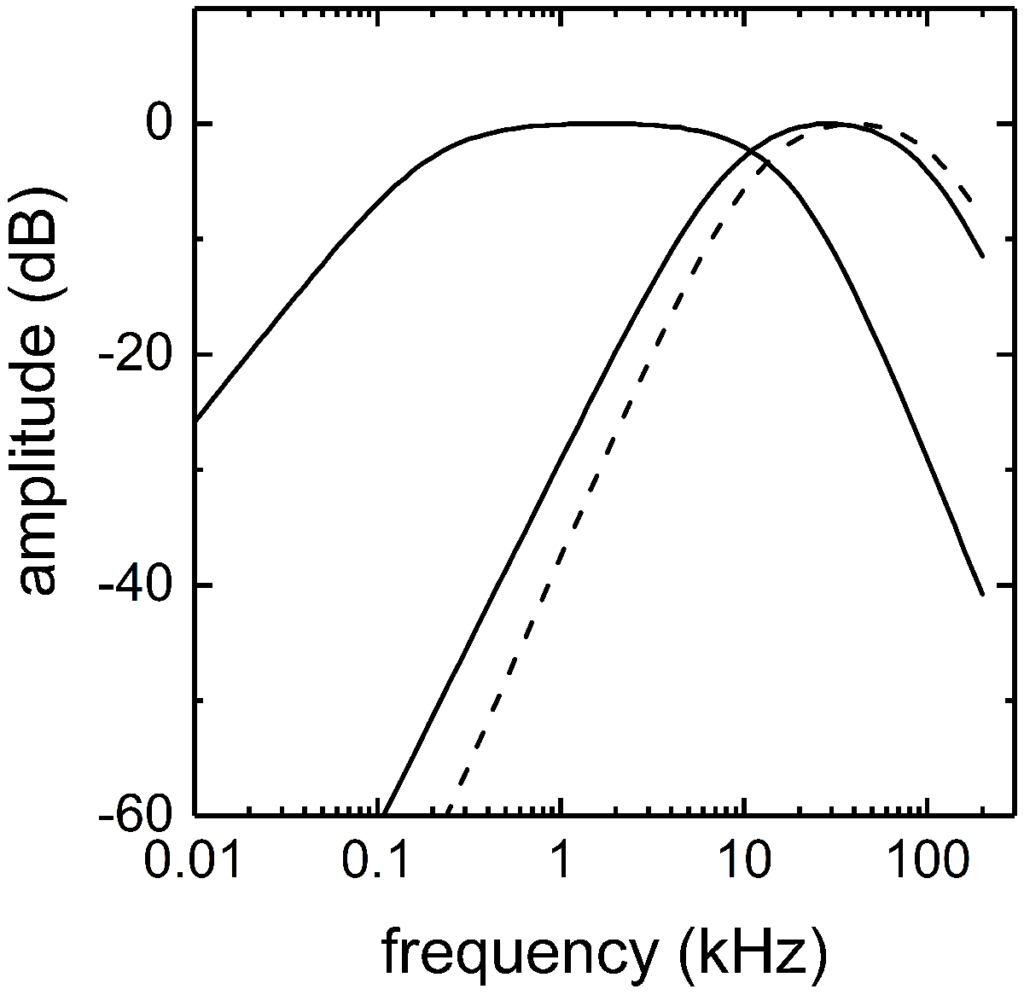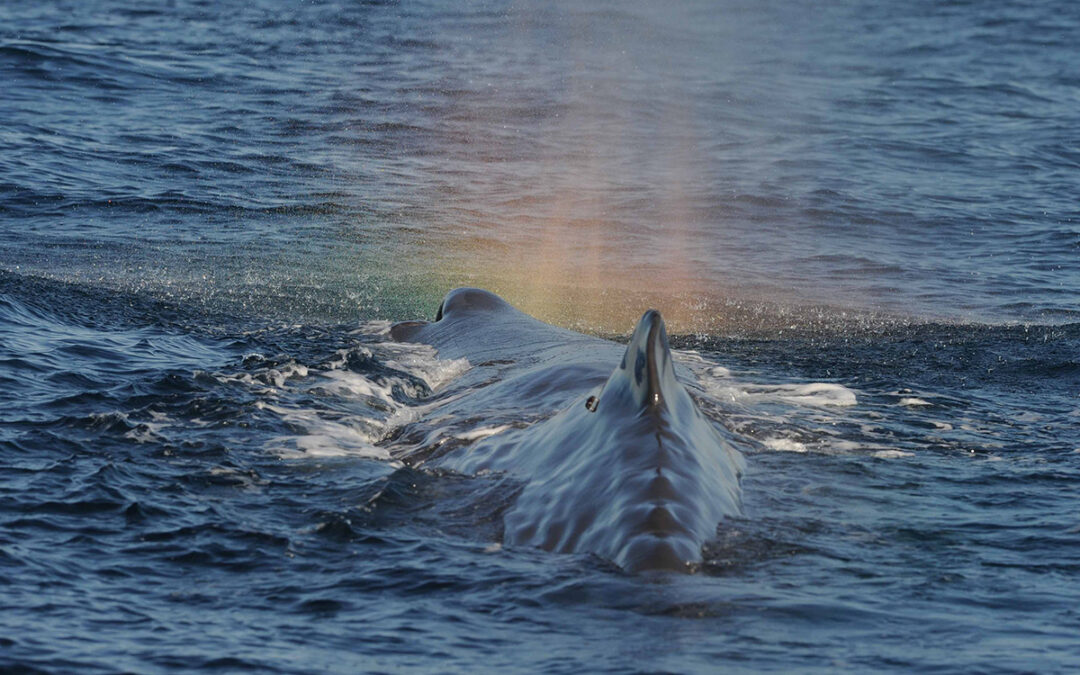Dr. Brandon Southall, SEA’s lead scientist, and colleagues from around the world recently published an important new paper updating marine mammal noise exposure criteria first released over a decade ago. This long-awaited publication updates threshold estimates and frequency-specific auditory filters (as in the figure above) for different groups of marine mammals. A reference and abstract for the paper is as follows:
Southall, B. L., Finneran, J. J., Reichmuth, C., Nachtigall, P. E., Ketten, D. R., Bowles, A. E., Ellison, W. T., Nowacek, D. P., and Tyack, P. L. (2019). Marine Mammal Noise Exposure Criteria: Updated Scientific Recommendations for Residual Hearing Effects. Aquatic Mammals 45, 125-232. doi: 10.1578/AM.45.2.2019.125

This paper evaluates Southall et al. (2007) in light of subsequent scientific findings and proposes revised noise exposure criteria to predict the onset of auditory effects in marine mammals. Estimated audiograms, weighting functions and underwater noise exposure criteria for temporary and permanent auditory effects of noise are presented for six species groupings including all marine mammal species. In-air criteria are also provided for amphibious species. Earlier marine mammal hearing groupings were reviewed and modified based on phylogenetic relationships and a comprehensive review of studies on hearing, auditory anatomy, and sound production. Auditory weighting functions are derived for each group; those proposed here are less flattened and closer to audiograms than the Southall et al. (2007) M-weightings. As in Southall et al. (2007), noise sources are categorized as either impulsive or non-impulsive and criteria use multiple exposure metrics to account for different aspects of exposure. For continuous (non-impulsive) noise sources, exposure criteria are given in frequency-weighted sound exposure level (SEL, given in units relative to 1 μPa2-s or (20 μPa)2-s for water and air respectively). Dual exposure metrics are provided for impulsive noise criteria, including frequency-weighted SEL and unweighted peak sound pressure level (SPL, given in units relative to 1 μPa or 20 μPa for water and air). Exposures exceeding the specified respective criteria level for any exposure metric are interpreted as resulting in predicted TTS or PTS onset. Scientific findings in the last decade provide substantial new insight, but also underscore remaining challenges in deriving simple, broadly-applicable quantitative exposure criteria for such diverse taxa. These criteria should be considered with regard to relevant caveats, recommended research, and with the expectation of subsequent revision.

